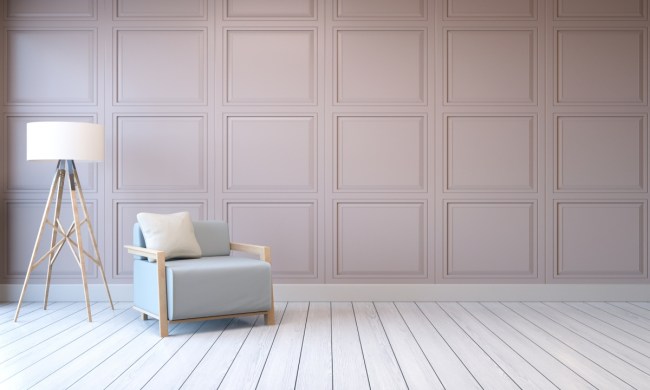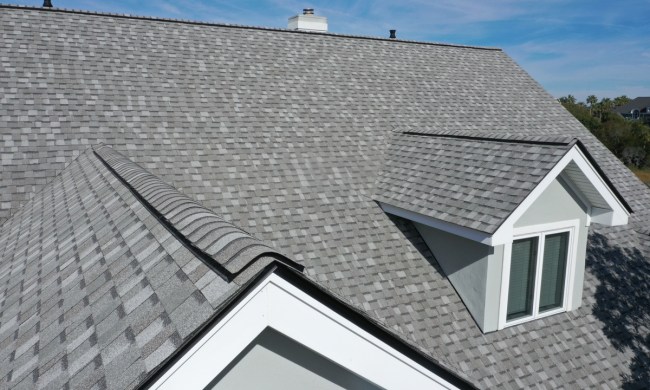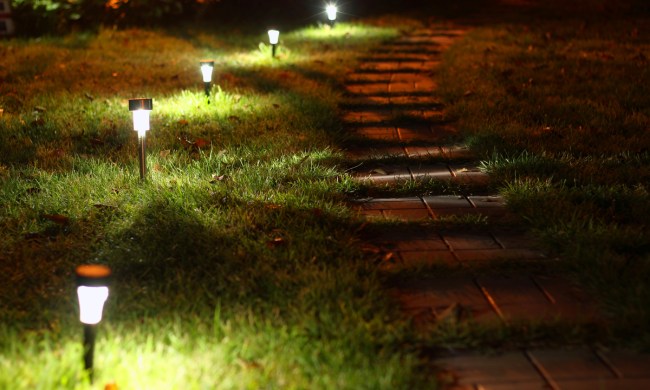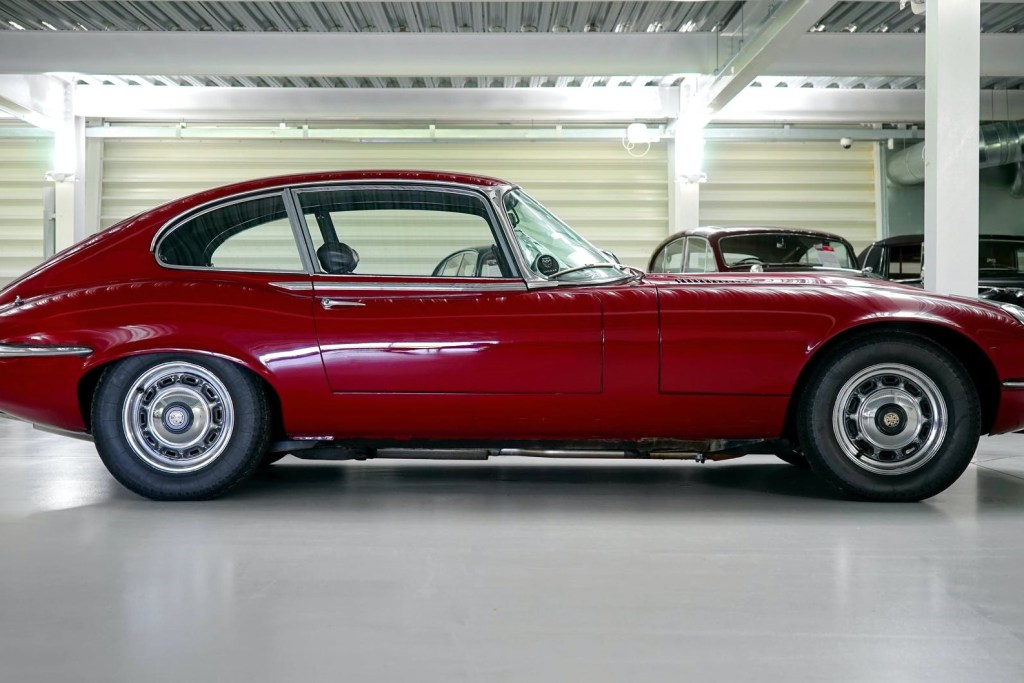
Your garage floor likely has stains from oil and grease. It’s also probably accumulated a fair amount of dirt and dust, no matter how often you sweep. If you’re tired of seeing an eyesore every time you pull into the garage, consider painting the floor and freshening up the space.
Why your garage floor always looks dirty
Oil, antifreeze, and other chemicals that you use or store in the garage can seep into the concrete floor and leave stains on your concrete floor. Further, concrete slowly breaks down over time and produces dust which can become airborne every time you open the garage door, pull a car inside, or walk through the area. It can then wind up on your vehicles, tools, boxes, and anything else that’s stored in the garage.
How painting can help
Painting your garage floor can alleviate these problems. If you spill oil or some type of chemical on a waterproof, painted garage floor, you can easily wipe up the spill and won’t have to worry about any unsightly stains. A painted floor is also more resistant to water, mold, and mildew, and this finish doesn’t produce much dust either. With a couple of coats of paint, you can banish stains and make any existing cracks and imperfections less noticeable. If you decide to put your house on the market in the future, a finished garage floor can create a positive impression on prospective buyers, welcoming them into a bright, clean space.
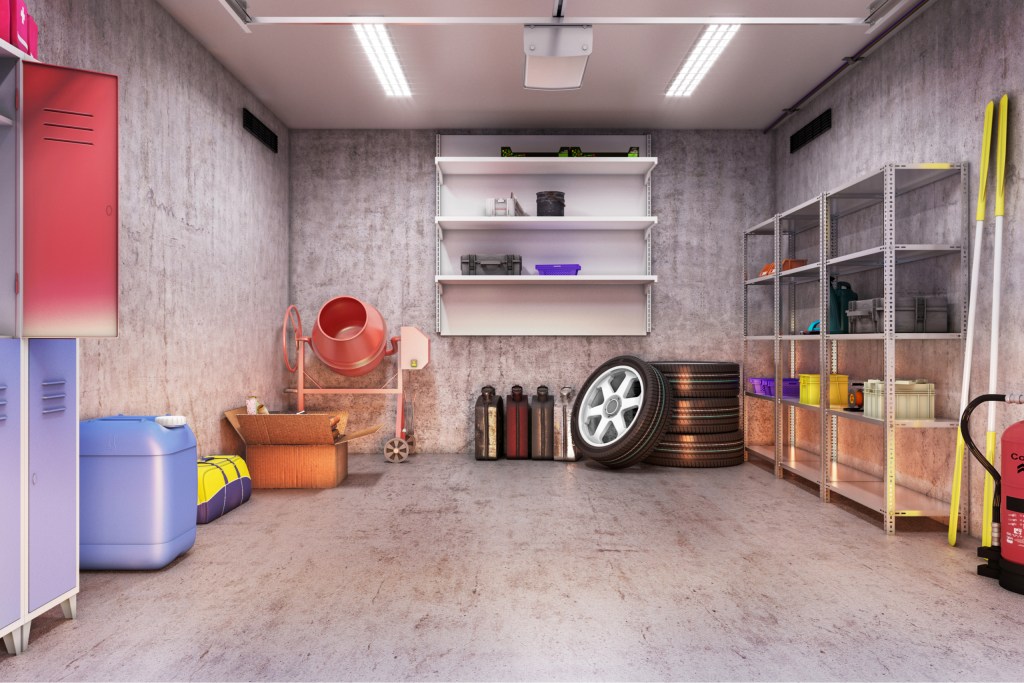
Give the garage floor a good cleaning
As with any painting project, the first step is to clean and prepare the surface — cutting corners in this initial stage will leave you with uneven coverage and a rough finish.
- Before painting, clear out the garage and make sure any boxes, bins, or other items are off the floors.
- Next, use a hose to wash away any loose dirt, dust, and debris, then scrub the floor with a degreaser and a brush. If the floor is particularly dirty, let the cleaner sit for a few minutes before scrubbing. If your floors need a lot of TLC, consider cleaning them with a power washer fitted with a degreasing attachment.
- To finish the preparation stage, tape the baseboards so you don’t accidentally splatter paint on them.
Remove existing paint and fill in cracks
If your garage floor currently has paint or a sealant on it, use a chemical paint stripper to remove these layers. This will help your new coat adhere to the floors better, resulting in full, even coverage.
If you notice any small cracks, fill them in with a concrete/mortar repair compound and smooth out the filling until it’s flush with the surface. Repair larger holes and crevices with a concrete patch. After you fill in a crack, use a wet rag or a scraper to remove any excess material so you’re left with a smooth surface.
The concrete fill will need time to cure before you paint the garage floor. This process usually takes around three days, but be sure to check the directions for the manufacturer’s recommendation.
To etch or not to etch
Since concrete is a very smooth material, paint sometimes slips and slides around the surface and doesn’t stick to the floors evenly. Etching opens pores in the concrete and makes it easier for the paint to adhere to the surface.
Not all spaces require this step, though, so to determine if your concrete is porous enough, drop a little water on the floor. If the material absorbs the water quickly, you don’t have to etch the floor. If it pools on the surface, purchase an etching product at your local home repair store and rough up the flooring according to the instructions. Then, rinse the garage floor again and let it dry completely before painting.
How to paint your garage floor
- Paint the garage floor on a day with mild, dry weather. The paint will dry slowly and unevenly if there’s too much humidity in the air. For your own safety, leave the garage door open to protect yourself from fumes, and be sure to wear gloves, a mask, and old clothes you won’t mind staining.
- Cover the entire surface with a high-quality primer to help the paint adhere to the floor and give your topcoat a more pigmented color.
- Let it dry thoroughly, then apply a layer of either latex acrylic or epoxy paint. Latex acrylic paint is less expensive, but epoxy paint is longer-lasting and less likely to chip. You may need to apply multiple coats.
Painting your garage floor can make for a more fashionable and functional space, whether you use it as storage or transform it into an extra entertaining space. Either way, your new sparkly floors will become a standout feature of the house.

